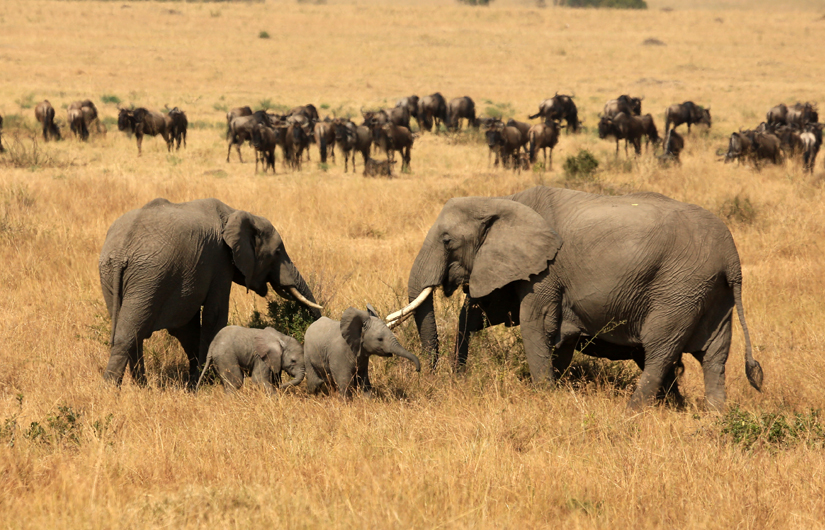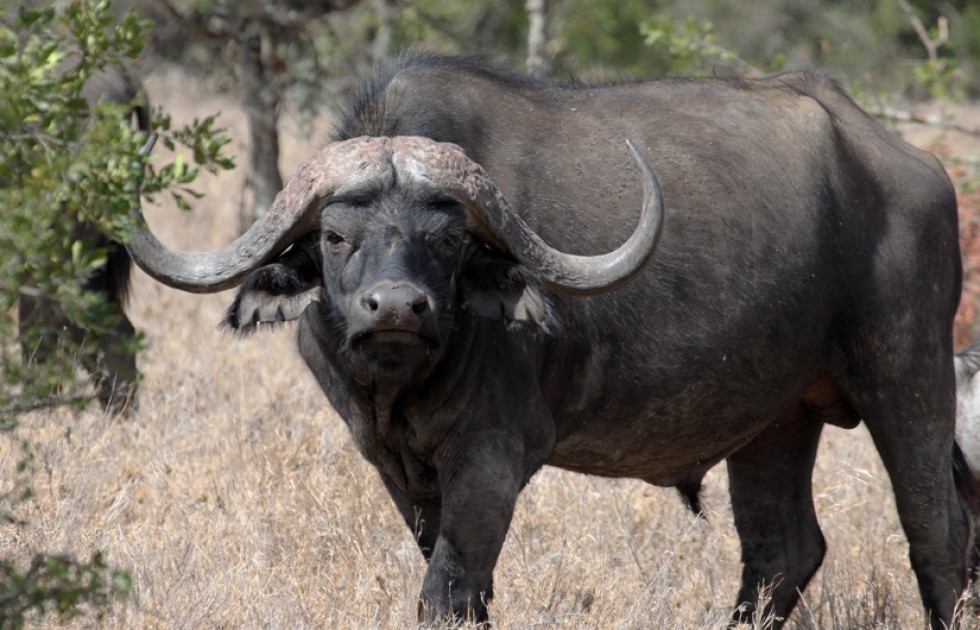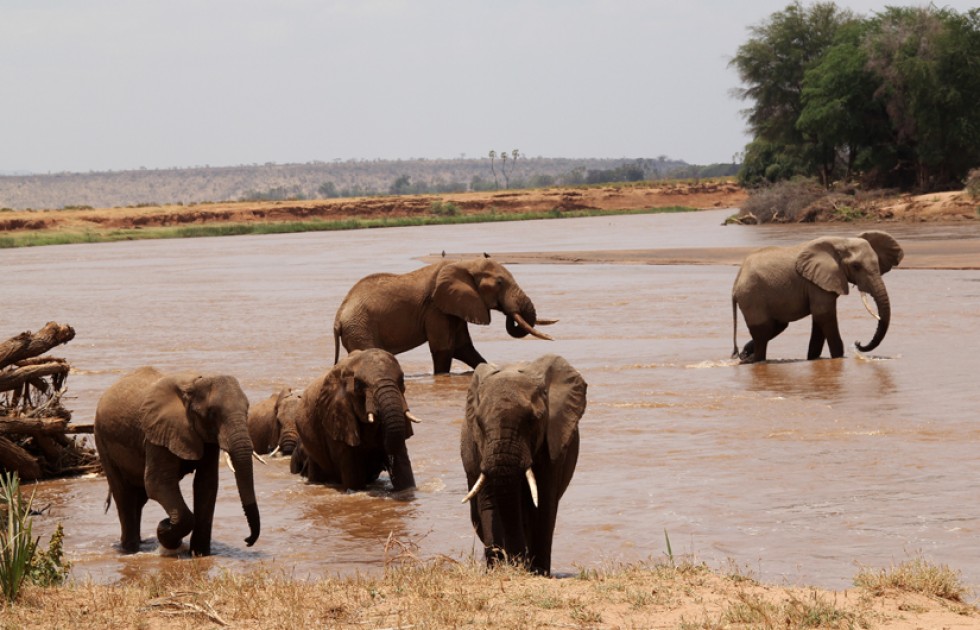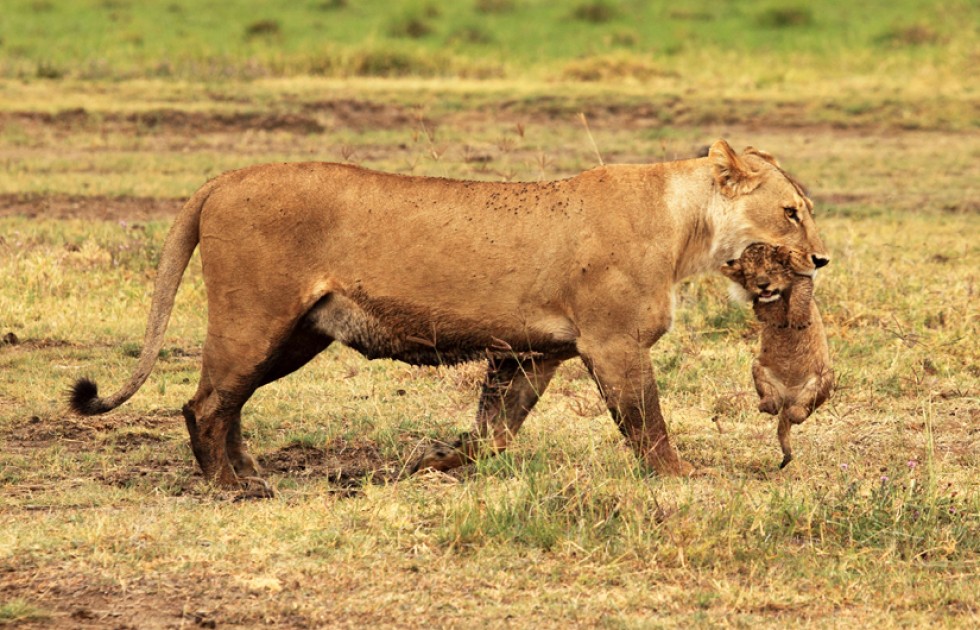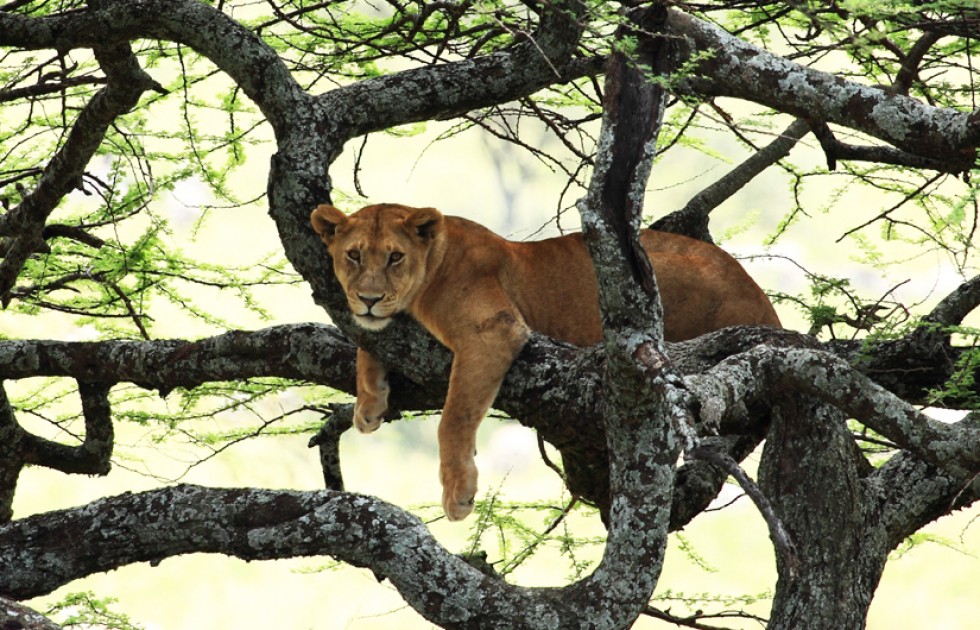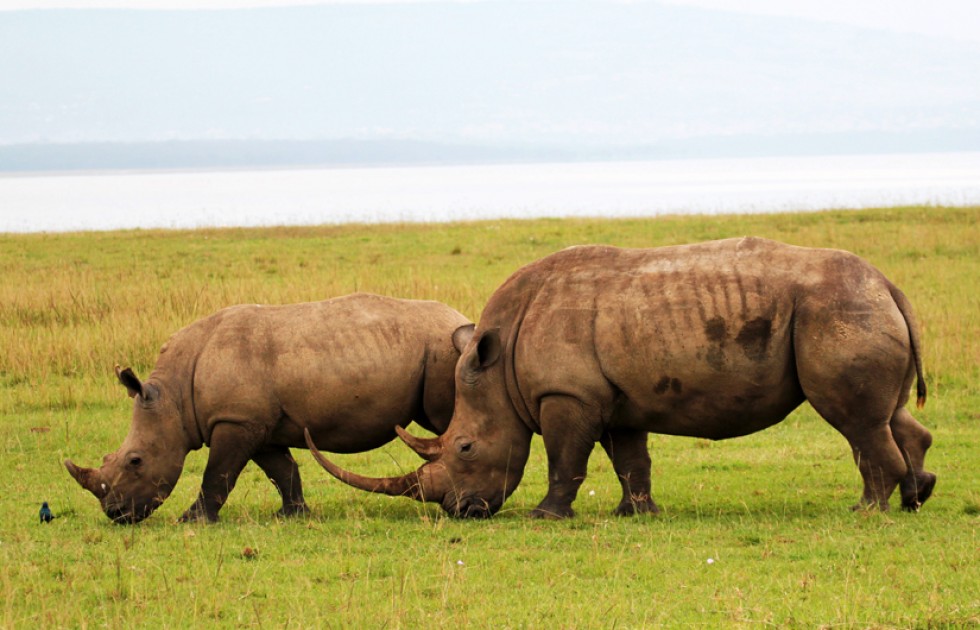In this issue, “Elite Adventure ”takes you to Africa, the birthplace of safari, a word in Swahili meaning “long journey”. The term is now used internationally to in dicate a trip to glimpse wildlife, especially in eastern and southern Africa. The popular safari destinations in Africa are Kenya, Tanzania, Botswana, Namibia and South Africa. Although Africa is teeming with a my riad species of mammals, birds and reptiles, the main safari attractions are undoubtedly the Big Five – the African elephant, lion, rhinoceros, African buffalo and leopard.
Let us begin with the African elephant, the largest land mamma land the easiest to spot from a distance. It prefers a habitat of woodlandor riverine woodland. An elephant drinks 100-300 litres of water a day, and needs to stay close to lakesor rivers. When a herd is bathing and drinking, you can spend up to an hour watching; the calves especially enjoy dipping in the water. After they come out they spray dust on their skin to protect it from ticks and other insects.
I found a herd of elephants in Chobe National Park in Botswana wallowing in mud after bathing in the Chobe River. The mud has acooling effect and also protects again stsunburn and biting insects. After emerging from the mud the elephants often blow dirt over themselves to create a thicker coating.
The lion, the largest carnivore in Africa, can be found in open woodland, dry floodplain and shrub by veld. Its prey include large antelope, zebras, buffalo, giraffe and smaller game. Lions live in prides comprising five to 30 lions with one or two relateddominant males. An adult male need saround 7kg of meat per day and anadult lioness 5 kg. They can endure without food for two or three days before they need to hunt again. The bigger the pride is, the more often the lions need to hunt to have enough food to share.
When lions make a kill, vultures will circle in the sky above orpatiently wait in near by trees for their turn to feed on the carcass. The presence of vultures is a good sign that lions are near by.
There are two species of rhinocerosin Africa: the black and white rhino. The difference is not in their colour but their size and the shapes of their mouths. The black rhino is also called the hook-lipped rhino because ofits narrow mouth and prehensile upper lip that enables it to browse on leaves, fruits and twigs. It prefers dry bushy savannah and areas with plenty of water, as it drinks about 35 litres a day, though it can survive for two or three days with out drinking. The black rhino enjoys a daily mud bath if possible.
The fourth member of the Big Fiveis the African buffalo, or Cape buffalo, which features a strong, solid build with short legs and bovine appearance. It stands around 150-160 cm tall at the shoulder. A male weighs 750-820 kg and a female 680-740 kg. The buffalo are found in a wide rangeof habitats, from dense forest and woodland to savannah with sufficient tall grass and water, of which they drink around 21 litres a day.
Because of their dependence on water and their presence in largenumbers in most national parks an dreserves in eastern and southern Africa, the buffalo are the easiest of the Big Five to spot. They are gregarious and usually graze together in large herds and join forces to deter lions, their arch enemies.
The most elusive of the Big Fiveis the leopard. It stands 60-65 cm tall at the shoulder and weighs up to 80 kg. It has tremendous strength and can carry prey, usually a medium-sizedantelope, up into a trleopard’s preferred habitats are thickets, riverine woodland, wooded savannah and rocky outcrops.
Leopards rest in trees or deep vegetation during the day and hunt at dusk and during the night. Therefore finding one in the daytime requires knowledge of its habitat, sharp eyesand patience. A leopard in a tree will stay there until close to dusk, when it comes down to hunt. If you are not ina hurry and want to photograph one,wait patiently in your car until it comesdown from its tree. A leopard killss lightly more than one animal a week because it can keep its prey safely away from other predators and feed for three or four days, and can also consume rotten meat.
I hope this article on the Big Fiveis interesting for wildlife enthusiastsand an incentive to go on safari in Africa. Have a pleasant and successful safari! ee to secureit away from other predators. The


